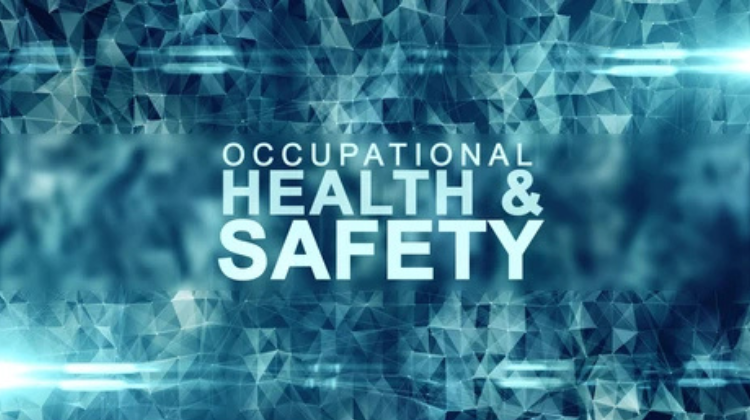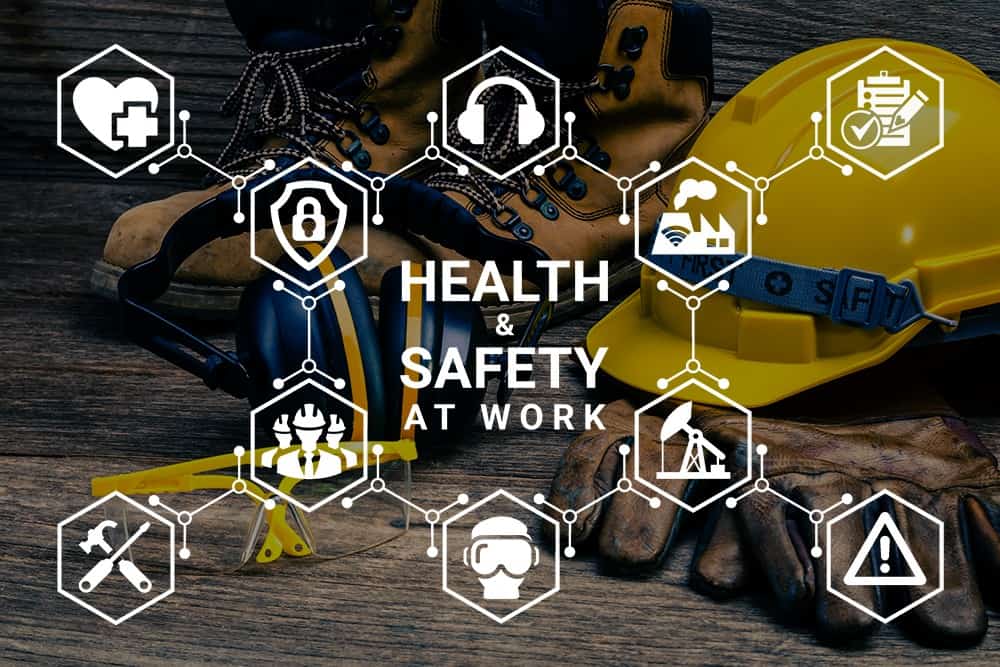
Introduction – Why Staying Updated on the Latest Trends in Occupational Health and Safety Matters
In today’s fast-changing work environment, occupational health and safety trends are evolving faster than ever. From AI-powered hazard detection to mental health programs in the workplace, companies are investing heavily in safety innovations.
Understanding these safety industry updates is not just about compliance—it’s about building safer, more productive workplaces. Whether you are a safety officer, HR professional, or training coordinator at a Safety training institute, knowing these trends will keep your organization ahead of the curve.
1. Artificial Intelligence in Workplace Safety
AI is transforming hazard prevention.
Key points:
- AI-based cameras can detect unsafe behaviors in real time.
- Predictive analytics helps forecast accident-prone situations.
- Automated safety alerts reduce incident response time.
2. Wearable Safety Technology
Smart wearables are no longer optional—they’re becoming standard.
Key points:
- Smart helmets with environmental sensors.
- Wristbands that monitor fatigue levels.
- GPS-enabled devices for lone worker safety.
3. Remote Safety Training Solutions
Virtual learning is replacing traditional classrooms at a fast pace.
Key points:
- E-learning platforms from certified Safety training institutes.
- Virtual reality (VR) for hands-on hazard simulations.
- Mobile-based training apps for workers on the go.
4. Focus on Mental Health & Wellbeing
OHS is expanding beyond physical safety.
Key points:
- Stress management workshops.
- Employee assistance programs (EAP).
- Policies for workplace bullying and harassment prevention.
5. Sustainability-Driven Safety Practices
Safety and environmental health now go hand in hand.
Key points:
- Using eco-friendly PPE.
- Waste reduction in hazardous industries.
- Safe disposal and recycling protocols.
6. Enhanced Regulatory Compliance
Workplace safety regulations are tightening worldwide.
Key points:
- Stricter reporting requirements.
- Mandatory refresher training.
- Higher penalties for non-compliance.
7. Ergonomics & Workplace Design
More companies are preventing injuries through better workspace design.
Key points:
- Adjustable workstations to reduce strain.
- Anti-fatigue flooring in industrial settings.
- Improved lighting to prevent accidents.
8. Real-Time Safety Monitoring Systems
Connected devices now provide instant safety data.
Key points:
- IoT sensors for hazardous gas detection.
- Instant incident reporting via mobile apps.
- Data dashboards for safety managers.
9. Integration of Safety Culture Programs
Building a safety-first mindset is now a top priority.
Key points:
- Leadership-led safety talks.
- Peer-to-peer safety mentoring.
- Recognition programs for safe behavior.
10. Data-Driven Decision Making in Safety
Organizations are using analytics to target high-risk areas.
Key points:
- Historical data analysis to identify trends.
- Customized safety training based on risk profiles.
- KPIs to measure safety performance improvement.

Comparison Table – Traditional vs Modern OHS Practices
| Aspect | Traditional OHS | Modern OHS Trends 2025 |
|---|---|---|
| Training | Primarily in-person classroom sessions with printed manuals and instructor-led workshops. | Blended learning with online modules, Virtual Reality (VR) simulations, mobile apps, and interactive e-learning platforms. |
| Hazard Detection | Manual inspections by safety officers, periodic checklists, and paper-based reporting. | AI-powered systems and IoT-enabled sensors providing real-time monitoring, automated alerts, and remote inspections. |
| Focus Areas | Focused mainly on physical safety and prevention of visible hazards. | Holistic approach covering physical safety, mental wellbeing, ergonomics, and workplace culture. |
| Data Usage | Limited to basic reporting and post-incident analysis. | Predictive analytics for risk prevention, big data tracking, and AI-driven safety forecasting. |
| PPE | Standard protective gear made from conventional materials. | Smart PPE with sensors, real-time health tracking, and eco-friendly, sustainable materials. |
Conclusion – Staying Ahead in Workplace Safety
The future of occupational health and safety trends is driven by technology, culture, and holistic wellbeing. Organizations that embrace these safety industry updates not only reduce accidents but also boost productivity and employee satisfaction. Partnering with a trusted Safety training institute ensures you’re prepared for both current and future safety challenges. By enrolling in the Top Safety Management Courses, professionals can gain advanced skills, stay compliant with global standards, and position themselves as leaders in workplace safety for years to come.








